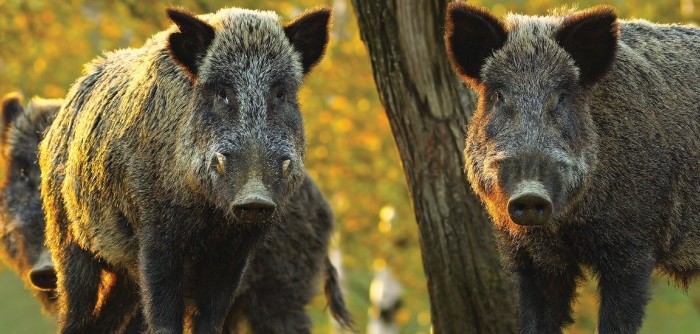African swine fever (ASF) may be causing fewer problems than it was this time two years ago, but Russian pig farmers appear to have hit a ceiling and growth opportunities have been exhausted.
2019 was the first year since Russia banned EU imports when no revenue growth in revenue was recorded according to research by the Moscow-based office of Deloitte. Industry revenue amounted to Rub452 billion (£5.5 bn), the same as 2018. This compared with Rub368.4bn (£4.5bn) in 2017 – a flatlining despite a 2.9% increase in production, which can be attributed to industry-wide 10% operational profitability in 2019 (around 22% in 2018).
Increase in costs drives consolidation
Revenues could even shrink this year, with production set to increase by 7% or 8% dragging down retail prices by 5% to 10% from Rub82 (£1.0)/kg, Yuri Kovalev, chairman of the Russian Union of Pork Producers forecasted.
On top of that, production costs are rising – they soared by 15% in 2019.
Profitability will keep on falling and some companies will be forced to close down, a research department of the Moscow-based bank Gazpombank said. Their share is likely to be taken by the biggest companies, which means the trend for consolidation continues.
ASF SPREAD SLOWING
In 2019, 141 outbreaks of ASF were reported in Russia, 79 on farm and 62 among wild boars.
The disease was confirmed in 17 regions, Russian veterinary watchdog Rosselhoznadzor estimated.
Hopes that 2019 would be the best year for a decade were dashed by the number of outbreaks in the Russian far east. Yet, the epidemic does seem to be slowing, as many regions are now free of ASF.
Veterinary watchdog Rosselhoznadzor also highlighted research that indicated ASF could mutate into a form deadly for humans, and called for an enhanced global push to fight the disease.
GAINS IN UKRAINE
Ukraine appears to making progress in this respect, with 53 registered outbreaks in 2019, down from 145 in 2018. The epidemic seems to lost momentum, Vladimir Polishuyk (Polishchuk?), Ukraine veterinary inspector said. The government is mulling over plans to reimburse farms hit by ASF.
Despite that, backyard farms in Ukraine keep disappearing. In the last five years, the total population in this segment shrank from
3.6 million heads to 2.6m, and it is very likely that this figure would fall even further to 1.6m by 2025, the government said.
The volumes could be replaced by industrial farms, most of which are harbouring plans to expand production capacities, the Association of Pig Breeders of Ukraine said.
Things are getting better in Belarus
Belarus has stood accused of hiding ASF outbreaks, by both Russia and Poland, while local independent news outlets, including Chapter97, (Charter 97?) have previously reported outbreaks of a mysterious disease killing pigs in villages and that government officials were denying any links with ASF.
In 2019, however, there were fewer stories of that kind appearing in the Belarus press and, reportedly, the number of boars infected with ASF in Polish and Ukraine borders is in decline. Evidence of progress in Belarus?




